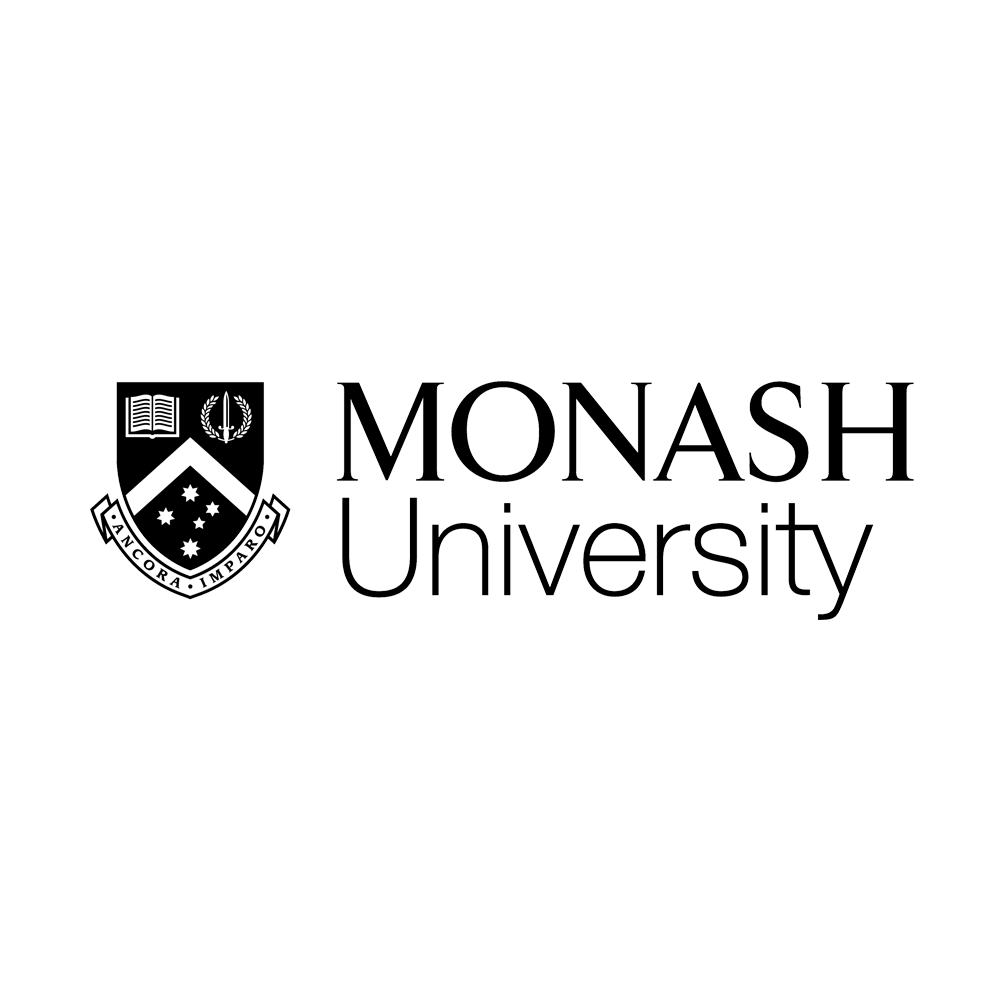Are we at a key moment for the energy transition? What role do the traditional energy companies play in this energy transition?
As far as the Australian experience can show, the moment of transition is already in the past, and companies, especially those distributing power, need to deploy new business models. With well over 25% of customers having solar PV generation at their premises and an ever growing number of them installing batteries, the models used until now to forecast the demand-generation balance and the augmentation of the networks, are constantly challenged and unsuitable for such a dynamically changing generation scenario. Retailers and distribution networks have to come to a collaboration table, as these latter need greater visibility of behind-the-meter generation and demand, and the retailers could benefit by selling new network services. Ideally, these would be crafted so that the customers benefit from the clean energy transition. Grid-connected microgrids and self-sustained sections of the network offer new business opportunities and could ease the pressure on the networks by orchestrating the existing DERs and manage peak demand.
The main focus of interest of the Smart Buildings is energy efficiency. What contribution does the technology bring along in this sense?
Much of the energy demand is used in cities and in buildings. The orchestration of all available energy resources and the fine control of all the loads, need systems that can dynamically rearrange the use of energy, to reach new levels of efficiency well above the levels that passive energy saving measures can achieve. The combined action of IoT and artificial intelligence can shape new scenarios of adaptation to varying energy demand profiles, thus optimising energy use and cost. Connectivity among buildings and the utilities, will additionally allow better forecast of demand and avoid peaks, reducing inefficient infrastructure spend and need for power reserves.
What challenges does the technology sector face? And the industrial sector?
Technology must be able to provide easy-to-use solutions that combine customer centric and whole system approaches. With a high level of integration required, industry standards and openness of platforms will be a must. However, enabling access and orchestration of energy resources through IoT raises cybersecurity considerations. The ease of application and use, must not come at the cost of security, and even though we are seeing solutions which seem very straightforward, there is still a lack of structured approach and governance to assure that the highest standards are in place. Scalability is also a major concern as these solutions move from a few hundreds connection points to tens of thousands. Performance, device management and software updates will become a necessity in such an evolving technological scenario.
What actions recently carried out by your organization, do you consider most relevant towards energy efficiency? What role have the TIC played? Which trends do you consider more relevant in this area?
Monash University and ClimateWorks Australia have won the 2018 Momentum for Change Award spearheaded by the United Nations Climate Change Secretariat for the Net Zero Initiative. The Net Zero Initiative aims to achieve net zero carbon emissions from Monash’s built environment by 2030, paving the way to a future powered entirely by renewable energy. Developed in collaboration with ClimateWorks Australia, Monash’s Net Zero Initiative has been designed to make the university’s Australian campuses “living laboratories”. Through the Momentum for Change Award, the United Nations Climate Change Secretariat recognises the most innovative and transformative solutions that address climate change and wider economic, social and environmental challenges, highlighting activities that are moving the world towards a highly resilient, low-carbon future.These solutions, called Lighthouse Activities, are the world’s most practical, scalable and replicable examples of what people, businesses, governments and industries are doing to tackle climate change.
What has been your role in this area? Who else is involved in these topics in your organization (CIO, COO, CEO,…)?
Monash University has a whole, across the various levels of decision making (Vice Chancellor, COO), management, operations, services and faculties are involved in the Net Initiative and Smart Energy City project. The program works in close partnership with industry, as well as federal and state government. As Strategy Manager for the Net Zero Program, I have managed key strategic elements of the Net Zero Program, spanning across concept design, research and teaching integration, funding applications, legal contract negotiations, partnership and engagement strategy. I have worked with various stakeholders to ensure the program of works unlocks solutions that are relevant to today’s energy challenges, and fosters innovation and knowledge sharing opportunities. After raising the profile of the initiative, I am now making sure that its ambitious objectives are pursued and well known locally and internationally.



 Net Zero Program Strategy Manager. Build. And Prop ddeonash University
Net Zero Program Strategy Manager. Build. And Prop ddeonash University
